Installations
Our expertise encompasses not just the design and aesthetics of the fireplace but also the COMPLETE workingS of the chimney AND FLUE.
We believe in delivering the best possible service, visiting every customer in their home so that we can listen to your needs and desires. We will give you all the information that you require in order to make an informed decision that is right for you and your home.
Our professional team of specialists will check the draw, integrity and suitability of the chimney and flue, whether for gas or solid fuel. To avoid smoke or gas spillage into the rooms, all flueing alternatives are provided. Flueless, balanced flue or power flue: the options can be confusing, but we have the answers. Our installation engineers are Gas Safe and HETAS-qualified.
- Complete fitting of mantelpieces, register grates, inserts and stoves
- Fitting of solid-fuel and gas-compliant products
- Certifications
- Chimney lining and flue installation
On completion of installation the site will be left clean and tidy.
Please call us on 01543 480444 to arrange for us to visit you.
.

Frequently asked questions:
What is HETAS?
HETAS (Heating Equipment Testing and Approvals Scheme) is the only specialist organisation approving biomass and solid fuel heating appliances, fuels and services. This also includes the registration of competent installers and servicing businesses.
Can any property have a stove?
Within reason any property may be suitable irrespective of whether a chimney is present. In most properties without an existing chimney a system chimney may be installed as opposed to building a new masonry chimney and may run within the property or externally providing it is safe to do so.
What size does my stove need to be?
Your stove output is calculated dependant on the space to be heated. This along with other factors will indicate the size of the appliance required. Correct sizing leads to greater efficiency and more effective heating. We would be happy to work this out for you.
I’m buying a property with a stove, what do I need to do?
Any solid fuel appliance fitted since April 2005 will require a document called Certificate of Compliance. Check if the chimney has been swept and the appliance services. If not, have both of these things done. The certificate of compliance is normally provided by your solicitor, from the previous homeowner, during the purchasing/conveyancing process. If you have not received this document, please contact your solicitor or Contact us for future support.
What fuel can I use with my new stove?
Make sure you select a fuel type that matches your appliance’s operating instructions and warranty for a long, reliable and safe service. It is vital for you to determine whether you have (or want) a wood burning stove or a multi fuel stove. Wood burners have flat beds on which to lay wood log fuel, while multi fuel stoves have grates. You can put wood on a multi fuel stove, but you can’t effectively burn coal on a wood burning stove.
It is preferable to burn hardwoods such as beech and ash, instead of softwoods like pine or fir. This is because hardwoods take longer to burn so you will use less fuel. You can buy ready dried or seasoned wood logs to reduce the moisture content of freshly cut wood by drying it yourself, which is also called seasoning. To do this, it is best to store your wood in a dry ventilated place for at least 12 months. Wet logs will tend to blacken the glass on your stove. Burning wet wood is also very inefficient as the fire has to boil off the water in the wood before any heat is provided into your room.
How easy would it be to change the type of appliance – for example from gas to wood burner?
Any alterations to a fireplace which renders it capable of being used for a different fuel e.g. from gas to solid fuel, is subject to Building Regulations.
When should I get my chimney swept?
We would encourage you to have your chimney swept at least twice a year when burning wood or bituminous housed coal and at least once a year when burning smokeless fuels. The best times to have your chimney swept are just before the start of the heating season and after your stove has not been used over a prolonged period. If sweeping twice a year, the second time should be after the peak of the main heating season.
Should a CO Alarm have been fitted when my stove was installed?
Building Regulations now makes it compulsory in England and Wales to fit a CO Alarm, whenever a new or replacement solid fuel appliance is fitted in a dwelling. The alarm must be permanently installed, be either mains or battery powered, and should incorporate self-test and audible alert if the battery or detector cell develops a fault. The alarm must be fixed in the same room where the appliance is fitted and according to its own instructions provided.
How to light fire safely
Wood Burning Stove
Lighting your stove in the most effective way could take a little bit of practise, but the following steps are a good guideline to follow:
- Fully open the primary air vent/control and air wash controls
- Place a firelighter or scrunched up newspaper together with some dry kindling wood on the grate. Light the firelighter or paper
- Leave the door slightly ajar while the fire establishes and the glass warms up. This will help avoid condensation building up.
- Once the fire is going, add some larger pieces of wood (Do not fill the chamber with logs)
- When the logs have caught flame and the fire is fully establishes, close the door completely
- Close the primary air control
- Use the air wash to control the burn rate when the appliance is at operating temperature
- Maintain the fire frequently with small amounts of additional fuel
The most effective technique for building the fire is to make a small stacked structure of wood by basically making a hash tag out of the stacked kindling around a fire lighter with one single log on the top, bark side down.
Do I need to line my chimney?
The answer is often yes. Whilst there is no regulation requiring every existing chimney to be lined your installer must satisfy themselves that the chimney is free from defects and suitable for its intended use. If any work undertaken on the chimney, including installation of a new liner, is done in conjunction with the installation of a heating appliance, then that the work is a controlled service and must be undertaken by a competent person or approved by your local area building control.
Chimneys are lined for a number of safety reasons. New chimneys may require relining to suit the fuel type being used (a gas flue liner may not be suitable for other fuels). Chimney systems that predate 1965 will often require a modern lining solution for the following reasons:
- The flue may have lost integrity and can leak smoke into rooms or other part of the building
- Condensates or tar can seep through chimney walls causing staining, inside or outside of the building
- Lining with insulation included improved the operation of the appliance and flue – particularity important when the chimney is situated on an external wall
- Defective flue systems may be eroded and rough. Thus will cause frictional resistance to the flow of the gases resulting in poor up draught
- Large flues over 200mm, particularly ones containing voids, may affect appliance performance. Some appliance manufacturers specify smaller flues for efficient operation
Why is ventilation required and how is this calculated?
Ventilation is always required for the room in which the stove is installed, details of which will be ascertained upon survey and installed discreetly in keeping with the building fabric. This ensures that there is an adequate supply of air for combustion, to prevent overheating and for the efficient operation of any flue. There are different ways of providing combustion ventilation so advice from a registered installer can help you to get the right installation for your needs.
Tell me about the Blue Skies Mark
All Stoves and fireplaces with the clearSkies certification produce significantly lower levels of emissions compared to open fires and older stoves. Independent tests have shown a clearSkies stove produces up to 90% less emissions than an open fire and 80% less emissions than the average 10-year-old stove. If a stove or fireplace is clearSkies certified you can be assured that it meets ALL the criteria needed to be legally installed and meets the latest environmental standards. You don’t need to look for any other certification.
Ecodesign Ready Stoves and the SIA.
SIA Ecodesign Ready stoves are designed to reduce PM emissions by burning wood more efficiently and completely. The stoves have been independently tested by an approved test laboratory and met the emissions and minimum efficiency criteria for Ecodesign. The test results have also been verified by HETAS. Ecodesign is the European-wide programme to lower emissions. It came into force for stoves in the UK in 2022. SIA Ecodesign Ready stoves will meet the Ecodesign requirements and are available now. The PM emissions limit for Ecodesign is 55% lower than for DEFRA exempt stoves.
What hearth will I need?
A hearth is always required when installing a wood or multifuel stove; it must be a suitable non-combustible hearth of the right size and specification to protect from any combustible material. It also provides an area to catch any embers or burning fuel that might fall from the fire or stove and clearly highlight the area where combustible material such as carpet must not be placed.
Which is best steel or cast iron?
There is very little difference regarding performance between the two materials when talking about the efficiency of a stove; Cast Iron will generally hold its heat longer than steel, but will take a longer time to heat up. It is made in moulds and can include motifs and patterns whereas steel will always be plain. Cast Iron needs to be “Seasoned” (broken in gently) within the first week of burning to avoid cracking; and is definitely recommended.
Smoke Controlled areas and a DEFRA approved appliance?
Many people frequently ask about the implications of installing solid fuel and wood burning appliances in “smoke controlled areas”. In brief, the Clean Air Act allows Local authorities to declare “smoke controlled areas” in which the emissions of smoke from domestic properties are banned. This act was originally created to prevent the damaging “smogs” that used to frequently occur.
Under the Act it is also an offence to emit smoke from a chimney of a building, which is located in a “smoke controlled area” or to acquire an “unauthorised fuel” for use within a smoke control area unless it is used in an “exempt” appliance. Many parts of the UK are still designated as “smoke control areas”. More details can be viewed at http://smokecontrol.defra.gov.uk, which also gives information on authorised fuels and exempt appliances. A DEFRA approved appliance is one that has passed specific tests for burning wood in smoke control areas. Just because a stove may be described as clean burning does not mean it is automatically approved for use in smoke control areas, which is why the smoke control website should be checked.
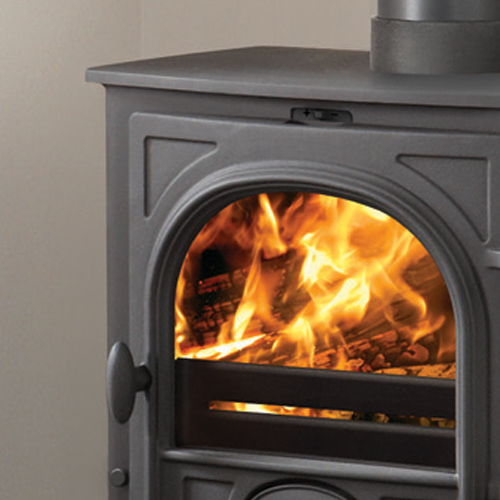
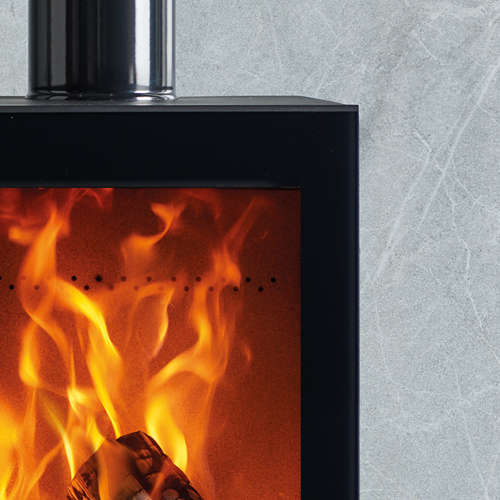
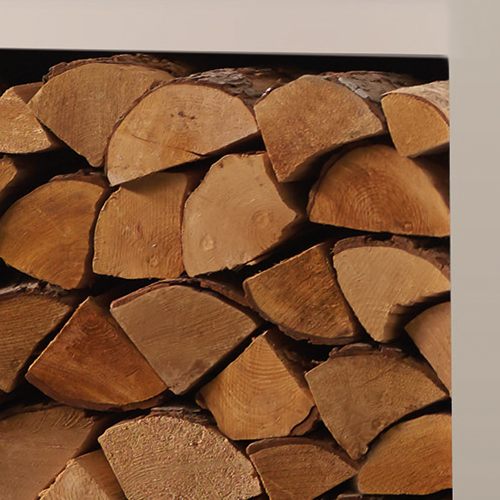
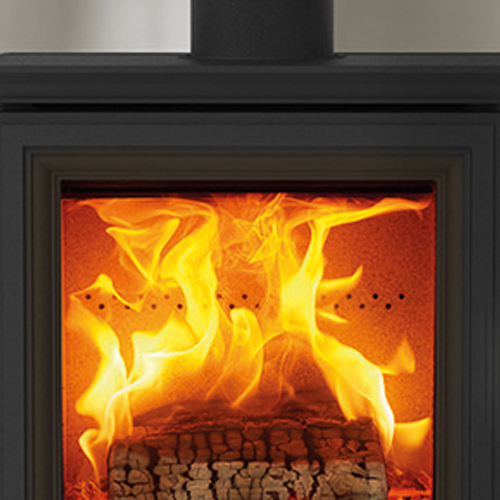
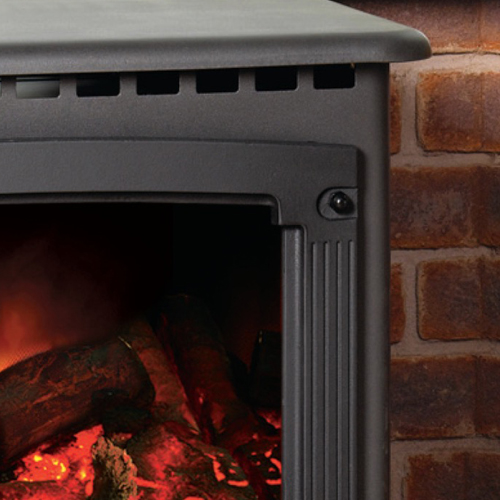
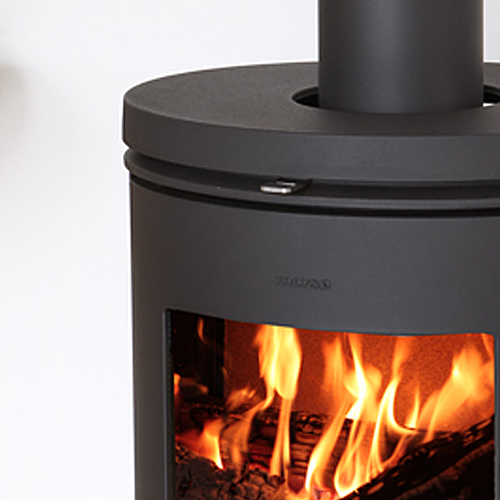
You can rest assured that we are operated by a team of professionals who know the industry like no other. Whatever you stoves you are looking for, we should be your one stop shop for all your requirements for fires and fireplaces. The range of fires and fireplaces available from us includes every type of fire or fireplace you may be looking for and, with years of experience behind the company, you can be sure that you have found a company who know their products inside out.
We are pleased to provide a full, friendly and professional service for those looking for fire solutions and fireplaces in Staffordshire, The West Midlands and beyond. From chimney sweeping to the supply and installation of new flue systems including twin-wall, flexible stainless steel and accessories for your fireplace, our team are here to help you achieve what you want. Please visit our Lichfield based showroom, call us or email us and one of the team will assist you with your enquiry

For further information on any of our products please call us on 01543 480444, email us at info@thefireplaceandstove.co.uk or pop in to our showroom at 23, Heart of the Country Shopping Village, Lichfield, Staffordshire WS14 9QR
Contact us today for further details or information.
Head Office Address: 23, Heart of the Country Shopping Village, Lichfield, Staffordshire WS14 9QR
Telephone: 01543 480444
Email: info@thefireplaceandstove.co.uk
Opening Hours:
Mon: Closed
Tue: 10am till 4.00pm
Wed: 10am till 4.00pm
Thu: 10am till 4.00pm
Fri: 10am till 4.00pm
Sat: 10am till 4.00pm
Sun: 10am till 3.00pm
Areas Covered
• Aldridge • Abbots Bromley • Barton-under-Needwood • Birmingham • Brownhills • Burton-upon-Trent • Cannock • Coleshill • Derby • Hednesford • Kings Bromley • Lichfield • Rugeley • Shenstone • Solihull • Stafford • Staffordshire • Sutton Coldfield • Tamworth • Walsall • West Bromwich • Willenhall • Wolverhampton
• Log Burners Aldridge • Log Burners Barton-under-Needwood • Log Burners Birmingham • Log Burners Brownhills • Log Burners Burton-upon-Trent • Log Burners Cannock • Log Burners Coleshill • Log Burners Derby • Log Burners Hednesford • Log Burners Lichfield • Log Burners Rugeley • Log Burners Shenstone • Log Burners Solihull • Log Burners Staffordshire • Log Burners Sutton Coldfield • Log Burners Tamworth • Log Burners Walsall • Log Burners West Bromwich • Log Burners Wolverhampton • Log Burners Stafford